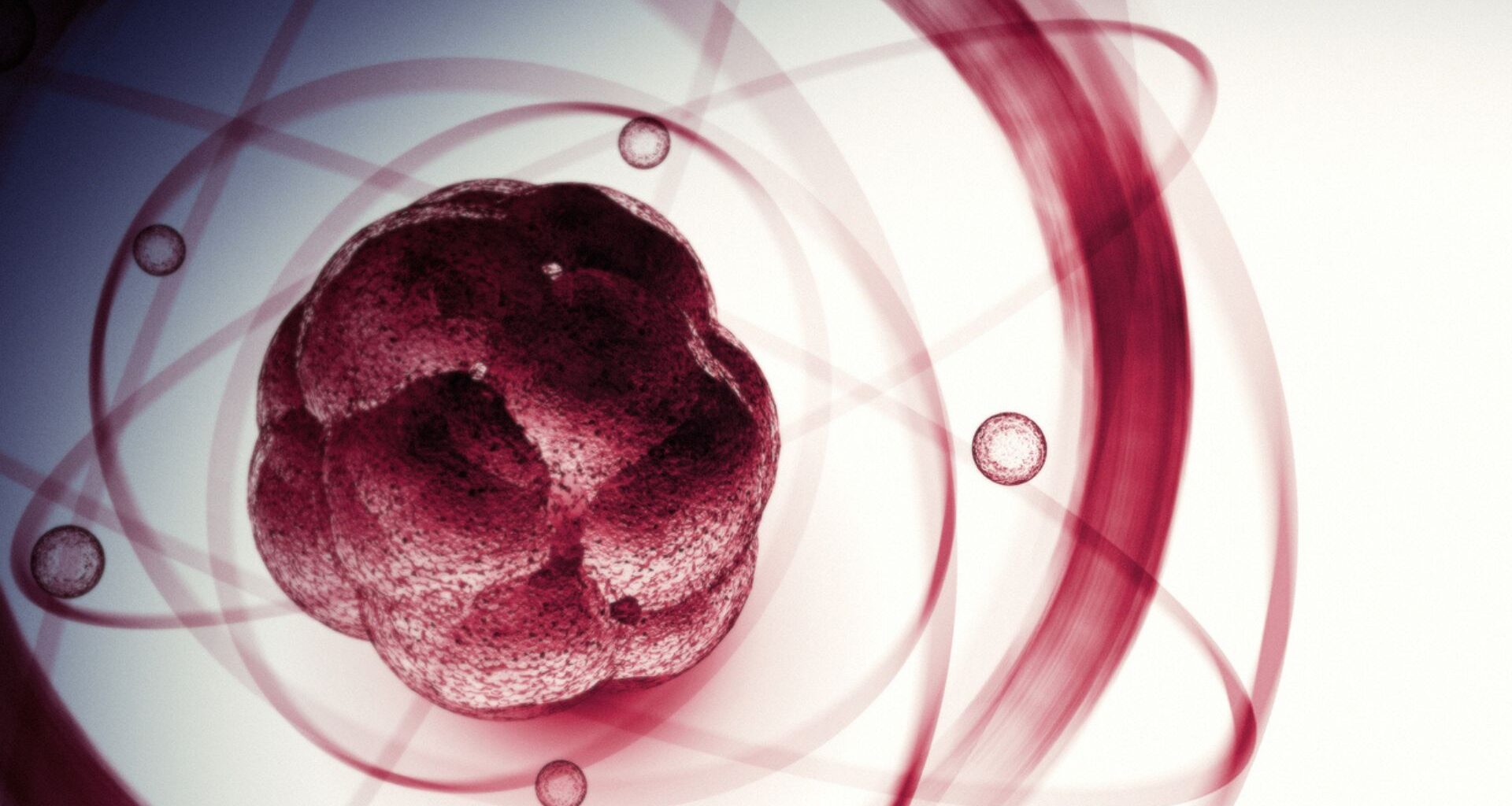Quantum tunneling is a strange phenomenon where tiny particles manage to pass through barriers they technically don’t have the energy to overcome.
It’s like a person walking toward a locked door, and instead of opening it, they suddenly appear on the other side without breaking it or going around.
Until now, this phenomenon had mostly been observed in the smallest particles, like electrons, lightweight atoms such as hydrogen, and, occasionally, oxygen and nitrogen. However, for the first time, a new study shows that under the right conditions, fluorine, too, can tunnel.
This new finding doesn’t just break the so-called fluoro wall, a long-held belief that heavy atoms like fluorine aren’t supposed to tunnel, but could also reshape how we understand chemical reactions and develop materials and medicines involving fluorine.
How to make a fluorine atom tunnel?
The authors began their research over a decade ago while studying how fluorine behaves when bonded to transition metals. Using a laser, they blasted metal and fluorine atoms together and then trapped the resulting compounds in a matrix of frozen neon gas cooled to –270°C.
This allowed them to freeze molecules in place and study them using infrared (IR) spectroscopy, a technique that reveals details about a molecule’s structure and motion. However, something strange kept showing up.
One of the IR signals they detected didn’t match any known metal fluoride compound. In fact, it seemed to have no metal at all. After a lot of head-scratching and years of experiments, they realized they were looking at an unusual molecule made of just fluorine atoms—specifically, a negatively charged ion with five fluorine atoms, called F₅⁻.
Normally, fluorine atoms are so electronegative and reactive that squeezing five of them into a single ion should make it fall apart, but this one was mysteriously stable inside the neon matrix.
That was only the beginning. The team noticed something else peculiar: the IR signal of this F₅⁻ ion was split, as if the molecule was switching between two forms.
To figure out why, the study authors ran detailed quantum mechanical simulations. These simulations suggested that the central fluorine atom wasn’t staying in one place. It was actually tunneling back and forth between two equivalent positions in the molecule. In classical physics, that would require the atom to overcome an energy barrier, which fluorine simply shouldn’t be able to do due to its mass.
However, the tunneling effect allowed it to bypass the barrier altogether. This behavior had only ever been observed in lighter atoms. Fluorine was thought to be too heavy, but the experiments and simulations agreed perfectly, proving that quantum tunneling for fluorine is not only possible but observable under the right conditions.
This could change quantum chemistry
This discovery opens up a new chapter in quantum chemistry. It shows that tunneling isn’t just a trick for lightweight atoms; it might be more common than we thought, especially when molecules are in tightly packed, high-energy environments like the F₅⁻ ion.
This could help scientists better understand how certain fluorinated compounds behave, something that’s important in everything from drug development to battery technology. For example, fluorinated groups are used in medicines to help them absorb better in the body, and in batteries to improve efficiency.
It could also have implications for understanding and controlling harmful compounds like PFAS, fluorine-rich chemicals known for polluting water and resisting breakdown. If scientists learn how to influence tunneling behavior, they might find new ways to break down these persistent pollutants or make new fluorine-based materials that are both effective and safer.
“The findings don’t just expand our understanding of chemical bonds in fluorinated compounds. They have also provided us with new tools to control molecular reactions in a targeted manner—whether that is in materials research, medicine, or designing new technologies,” Dr. Carsten Müller, first author of the study, and a researcher at Freie Universität Berlin, said.
The study is published in the journal Nature Communications.
